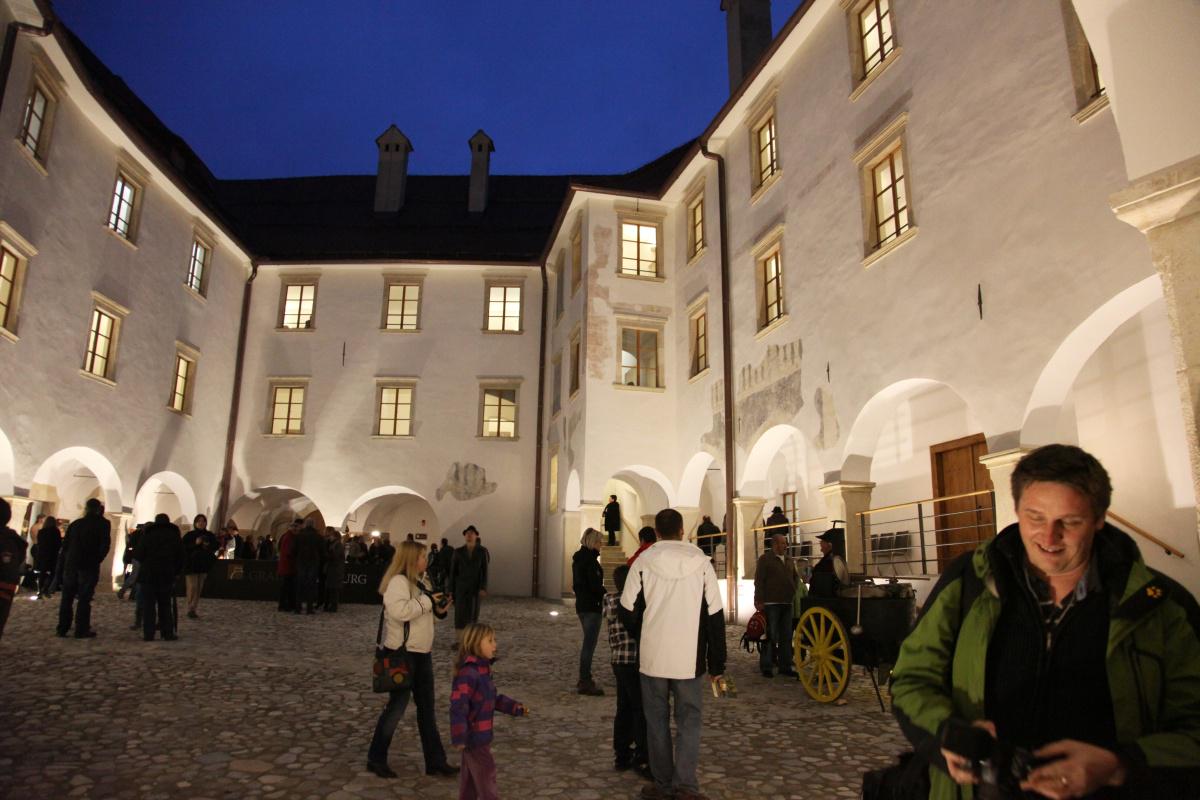
The Reichenburg Castle above the town of Brestanica in eastern Slovenia draws visitors who come to admire its historic, Romanesque architecture and to revel in the view toward the confluence of the Sava and the Brestanica rivers. For many years, however, the castle was the site of great turmoil and even violence – a trend that continued even into the 20th century.
For a long time, the Reichenburg Castle was believed to be the oldest in Slovenia. But its place in history books was compromised when a document proving its age and thought to date back to the 9th century turned out to be a forgery.
Even so, the castle dates back to the 11th or the 12th century, and records indicate that it was destroyed and rebuilt during the invasions of the Huns. In the 12th century, it was acquired by the Knights of Reichenburg, who ushered in a period of stable ownership but not peace: The castle as frequently damaged, this time by incursions of the Ottoman Turks, and for a while, it was forcibly taken over by the Hapsburg Emperor.
The Reichenburg line died out in the late 16th century. Over the years that followed, the castle passed into the hands of several families, but it was still affected by turmoil. It was a prime target during the Peasant Revolts that swept through the Slovenian and the Croatian territories.
In the 19th century, a French owner donated the entire castle to the Trappist monks. The monks, who observed a strict vow of silence, turned the building into a monastery, but handed much of the castle’s farmland to the people who worked it. They remained at the castle until World War II, and became famous for their cheese, spirits, and the first chocolate ever made in the Slovenian Lands.
When World War II broke out, the Trappist monks were exiled and the castle once again found itself drawn into conflict. First, it was a processing center used to house Slovenians who had been expelled by the Nazis because of their ethnic heritage. After the war, it building became an internment camp for women who had run foul of the Communist regime. Some had fiercely opposed the Nazis during the war, but were freethinking enough to be considered dangerous by the new authorities.
The castle is now a museum, where visitors can experience its wild and often violent history in a peaceful setting above the confluence of two rivers.

































































